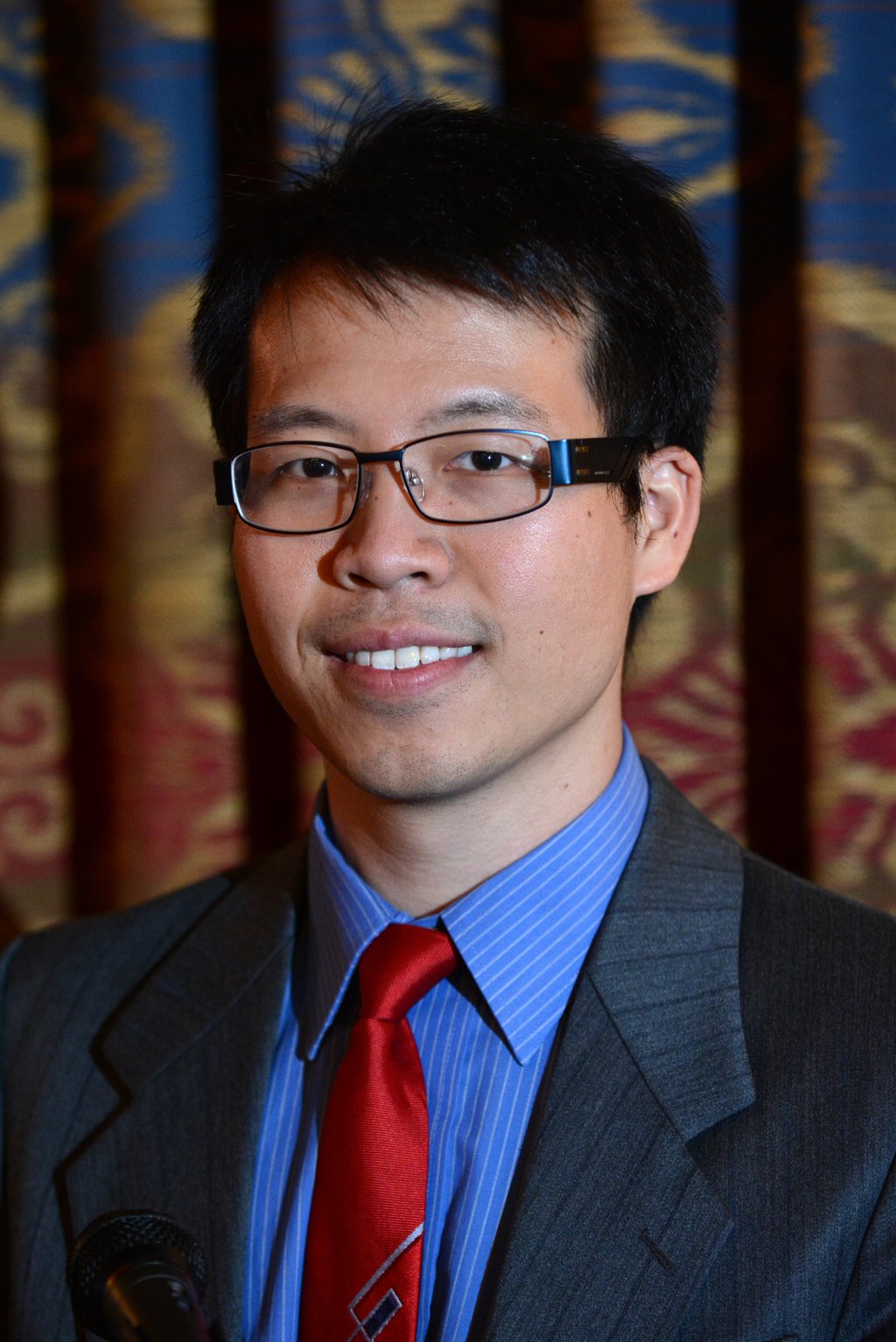National Science Bowl®
The National Science Bowl® is a nationwide academic competition that tests students' knowledge in all areas of science. Competing teams from diverse backgrounds are composed of four students, one alternate and a teacher who serves as an advisor and coach. Coordinated by the Department of Energy, this tournament challenges high school students with questions about chemistry, biology, physics, mathematics and astronomy, as well as other areas, such as Earth and computer science.
NASA’s Jet Propulsion Laboratory hosts an annual regional competition which was held on February 3. More than 100 students from 21 schools in Los Angeles and Orange counties competed in the academic challenge, which marked JPL’s 32nd year as host.
University High School, based in Irvine, California, won the 2024 National Science Bowl regional competition. Troy High School of Fullerton, California, came in second place, and Arcadia High School placed third.
The National Science Bowl is designed to inspire students to pursue careers in science or math. More than 344,000 students have participated since the competition began in 1991.
Science Spotlight
Peter Hung - Science Bowl and Ocean Science Bowl, 2002, 2003, 2004 Arcadia High School
Current Position:
Member of the Technical Staff at the Aerospace Corporation
He received his BS in Physics, and MS and PhD in Applied Physics from the California Institute of Technology where his work focused on a new paradigm for mass spectrometry using nanoelectromechanical systems (NEMS). By tracking the vibrational speed of nano-structures one thousand times smaller than the width of our hair, individual atoms and molecules can be quantified and identified. He currently works at the Aerospace Corporation, a nonprofit that runs a Federally Funded Research and Development Center dealing with national security space missions. By using his expertise in nano-systems, he helps the Aerospace Corporation provide guidance and advice to military, civil, and commercial customers to ensure the success of complex, technology-based programs.

